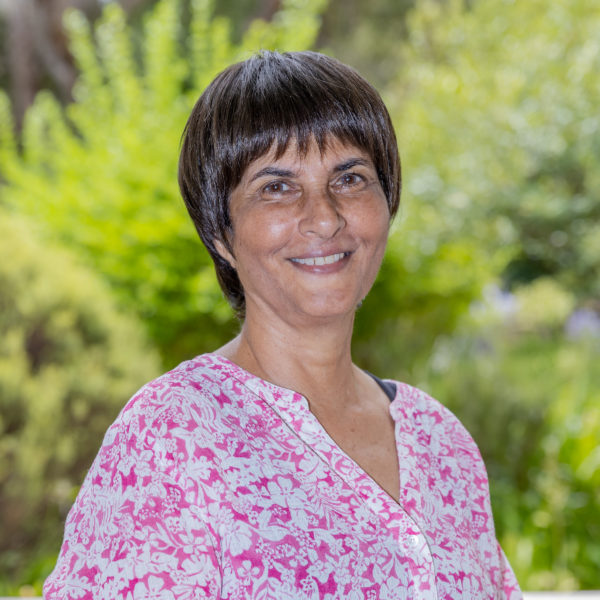Patients with thalassemia major require regular blood transfusions from 6-12 months of age to stay alive. This eventually results in massive iron overload; the body has no mechanism for ridding itself of iron and so the patients have to use daily iron chelation to remove the iron. However, this is a major problem as non-compliance results in damage to the heart, liver and endocrine organs. Before 2004, liver biopsies were the gold standard for assessing liver iron and there was no method to assess cardiac iron, which has historically been the most common cause of death. In 2004 an MRI sequence was developed at the Brompton Hospital in London to accurately, non-invasively measure both cardiac and liver iron. Sultan Qaboos University Hospital, Muscat, Oman was the first center in our region to have T2* MRI available for patients.
This study assesses the results of a 10 year follow up of a single cohort of patients who had their first MRI in 2006 and would be the first from the region.

